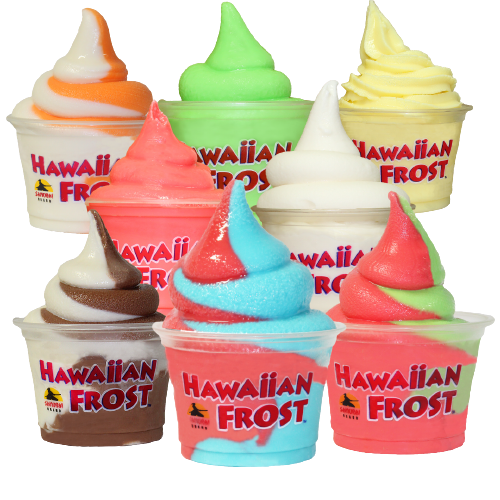

(The bad guys on Scooby Doo once used dry ice blocks to make smoke.) Students are usually taught that the state of matter depends on temperature-heated solids melt, heated liquids boil-but that’s only part of the story. Its second advantage is that dry ice sublimates, going straight from a solid to a gas. The liquid nitrogen is just too cold, and the ice cream is just too hard. True, it’s much faster to freeze ice cream with liquid nitrogen than the conventional way, but it tends not to be very malleable. But there’s a better alternative, and it’s not the liquid nitrogen variety that you might’ve made in science class. Inside a zero-degree freezer, it takes a while for the ambient temperature to work its way through the mixture.

(Thankfully, there’s no plasma.) And while fluid dynamicists do have laboratories devoted to suspensions, researching the perfect ice cream is open to anyone-including you, if you follow along with our friends from ChefSteps in the video above.įreezing something usually takes time, so you typically have to plan in advance if you want soft-serve. Really good soft-serve is also interlaced with minute pockets of gas that add to its delightful texture.

It’s a suspension: tiny solid bits floating in a sea of liquid. OK, soft-serve isn’t really a state of matter. Scientists continue to study this fascinating, mysterious state of matter-particularly when they can duck out early on hot Friday afternoons. The latter, of course, is between a solid and a liquid: It neither spreads to fill its container nor completely retains its shape. The universe has five states of matter: solid, liquid, gas, plasma, and soft-serve ice cream.


 0 kommentar(er)
0 kommentar(er)
